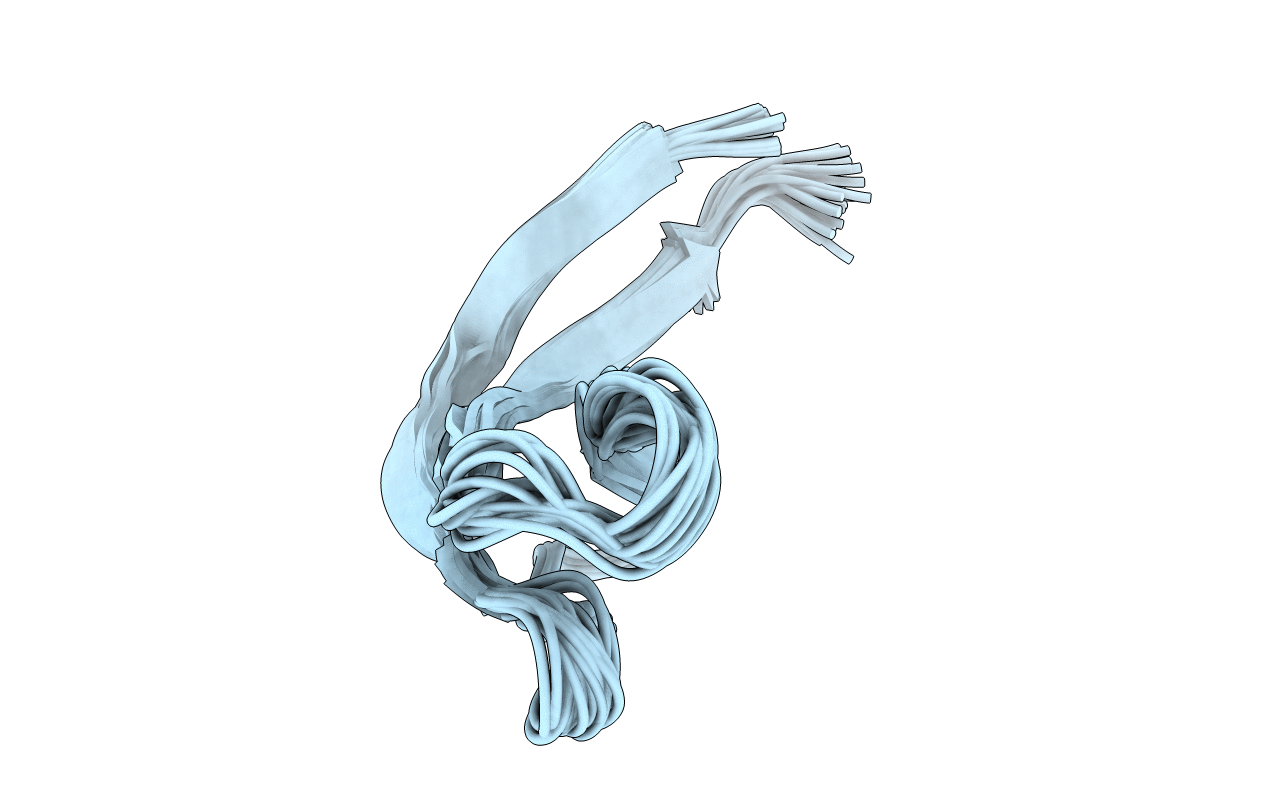
Deposition Date
2019-01-24
Release Date
2019-07-03
Last Version Date
2024-10-09
Method Details:
Experimental Method:
Conformers Calculated:
100
Conformers Submitted:
20
Selection Criteria:
structures with the lowest energy


